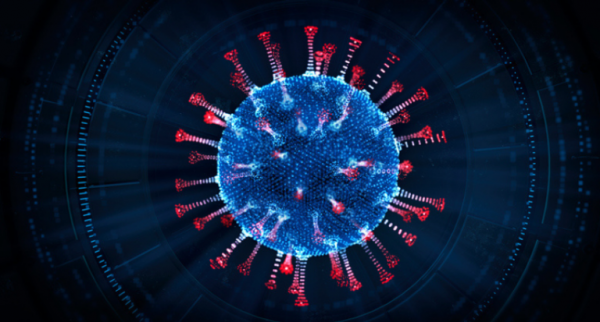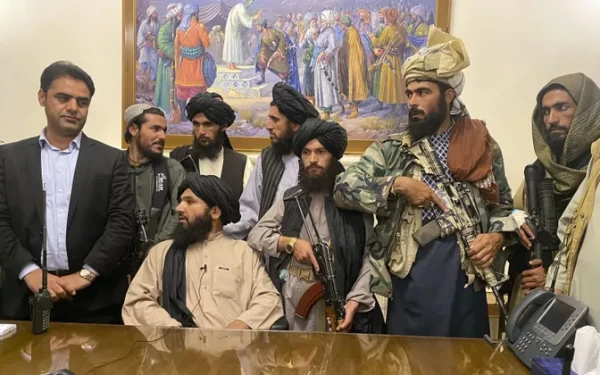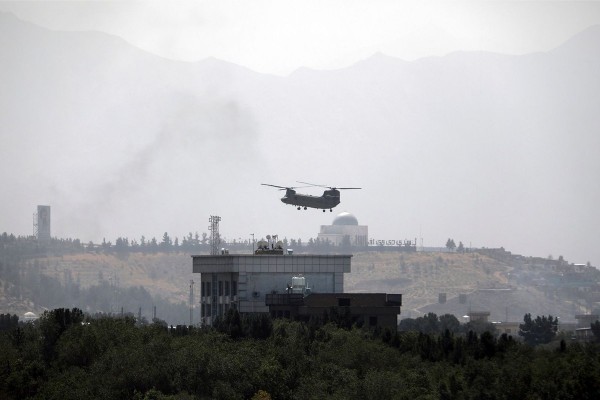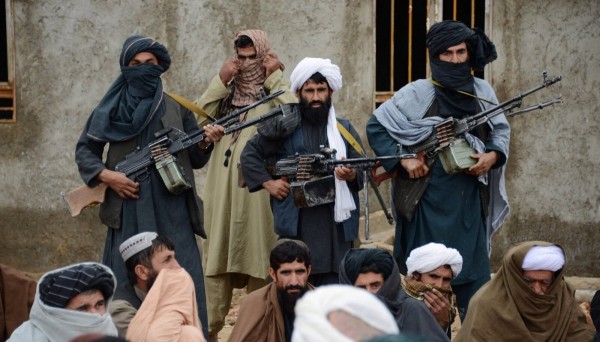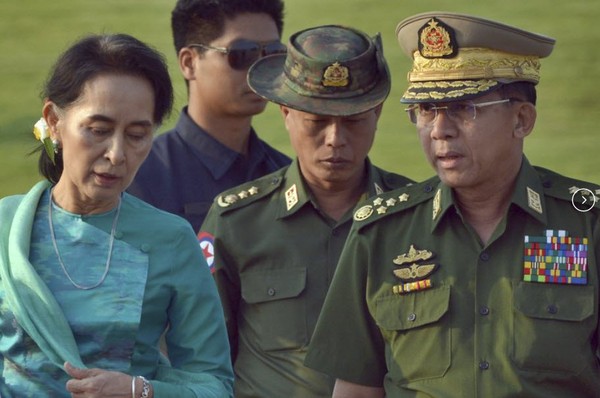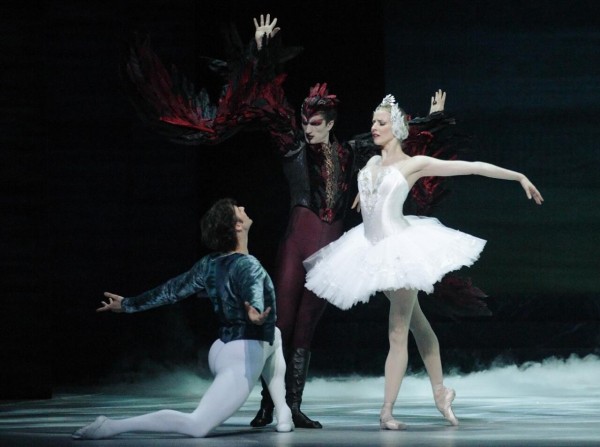Vladimir Kara - Murza
Last week, US ambassador to NATO Ivo Daalder made headlines by merely stating the obvious: that Russia, as a European state, has the right to join the alliance in accordance with Article 10 of the North Atlantic Treaty. This is not the first time a senior US official spoke on this subject: earlier this year, Secretary of State Hillary Clinton said that she “can imagine” Russia as a future NATO member. Western European statesmen such as former German defense minister Volker Rühe have openly advocated Russian accession. Predictably, officials in Moscow are dismissing these offers: the chief of the general staff, Gen. Nikolai Makarov, declared that Russia and NATO have “differing goals,” while the secretary general of the Collective Security Treaty Organization, Gen. Nikolai Bordyuzha, called the idea “absurd.”
It is indeed absurd to imagine the authoritarian Russia of Vladimir Putin and Dmitri Medvedev in the North Atlantic alliance. It is equally absurd to imagine a future democratic Russia outside of it. Since the days of the Concert of Europe and the Triple Entente, Russia has been an essential part of the European political and security architecture. Forcibly isolated from the rest of the continent by the Bolshevik coup in 1917, Russia began to reassert its European identity in the early 1990s. On December 20, 1991, President Yeltsin declared NATO membership as “a long-term political aim” of the newly-emergent Russian Federation. On June 22, 1994, Russia entered NATO’s Partnership for Peace program. The goal of alliance membership featured in the political platforms of both leading liberal parties, Union of Rightist Forces and Yabloko, which won dozens of seats in the Russian parliament in the last relatively free elections in 1999.
Mutual benefits of Russia’s accession to NATO are evident. The alliance will finally achieve its long-held goal of a common zone of stability and democracy “from Vancouver to Vladivostok.” Without Russia as a full partner, the Euro-Atlantic security architecture (including, crucially, energy security) will remain incomplete. For Russia, apart from the symbolically important step of returning to the European family, membership in the alliance will provide reassurance against potential Chinese expansionism and the belligerent Islamist regime in Tehran, where posters proclaiming “Death to Russia!” are already appearing alongside the customary damnations of America and Israel.
Perhaps most importantly, a genuine prospect of Euro-Atlantic integration will give Russia a much-needed impetus for political reforms. The 1995 Study on Enlargement, which outlines guidelines for aspirant NATO members, talks as much about political and economic conditions as about military ones. Among the main criteria are commitment to “democracy, individual liberty and the rule of law” (Article 69), “respect for OSCE norms and principles,” “commitment to promoting stability and well-being by economic liberty, social justice and environmental responsibility,” and “appropriate democratic and civilian control of their defense force” (Article 70).
The “carrot” of Euro-Atlantic integration was undoubtedly a key factor in the successful transformation of most post-Communist states in the 1990s. The West’s failure to offer a similar incentive to Yeltsin’s Russia was a monumental mistake that contributed to the country’s subsequent backsliding. It is crucial not to repeat it the next time Russia embarks on the path of reforms. This means that both sides — the Western establishment and Russia’s pro-European democratic opposition — must begin to prepare now.
Russia’s Path to NATO
Rahvusvahelised uudised | 30 Sep 2010 | EWR
Rahvusvahelised uudised
TRENDING






